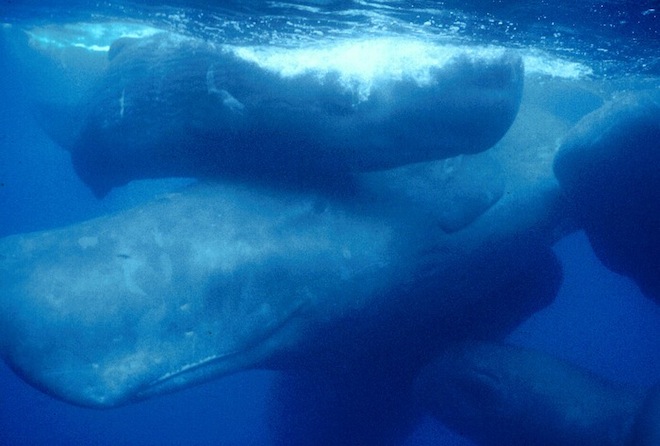User Services Conference 2011
I attended my first – and last, as it’s now defunct – User Services Conference today with my Media Commons partner in crime (if you define crime as massive caffeine consumption at the complementary coffee bar) Hannah Inzko. Held at the Penn Stater, the event was a chance for those who support the end users of PSU’s technology resources to come together and discuss how services are offered and how offerings can be improved. We broke in to teams to discuss topics like “keeping current with new technologies” and “doing more with fewer resources” after a panel presentation on what support means. It was very back to basics and a good way to spend a rainy (and then sunny) Monday. Big thanks to Hannah for talking me into tagging along!

